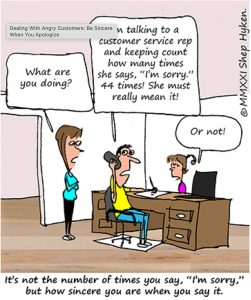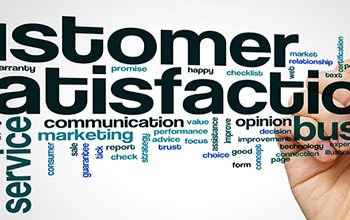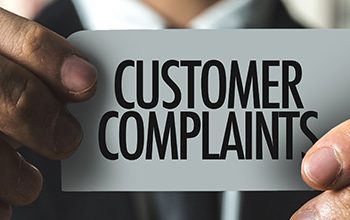Intro by Skip Cohen
This post about dealing with angry customers from Shep Hyken’s archives really hit home.
My frontline experience in Customer Service started many years ago at Polaroid. There was no Internet, but we were leaders in service because of our 800-line access, which back then was considered state of the art.
The first Polaroid SX-70 cameras to come off the line were 300% defective. Well, the calls and the letter poured in. All of us on the phones took a beating but soon learned that we could turn an upset customer around with empathy. Those few years of experience have been invaluable throughout my career.
So, the next time you’ve got an upset customer screaming at you, try this approach, first apologize, empathize, then rebuild trust and finish with a solution. For example: “I’m sorry you had a problem. I can’t blame you for being upset, but the buck stops here. How can I help?”
Your finish is a solution to the customer’s problem. One other key to success is also the response time it takes from when you’re first contacted. Solve problems quickly and never hide from a customer.
————————————–
“I’m sorry.” Customers love to hear those important words, especially when they are calling about a problem or have a complaint. I briefly covered this in a recent article (The Five Best Things to Say to an Angry or Upset Customer), but I want to dive into the “I’m sorry” comment a little deeper.
Not long ago I called a customer support center and early in the conversation the agent said, “I’m sorry you are experiencing this problem.” I appreciated those words. I felt that I was being heard and even understood. That was until a minute later when the agent once again said, “I’m sorry.”
That second apology almost went unnoticed. That was until she said it for the third time. And then there were the fourth, fifth, sixth, and seventh times. In four short minutes, she apologized seven times. I admit that I may have made statements to see how many times she would apologize. I realized after the third one that she was trained to say, “I’m sorry,” but she wasn’t trained on when or how often to say it.
There will be times that you feel you have to repeat yourself throughout the conversation. I’m not saying you have to only say, “I’m sorry,” one time. It’s okay, as long as you are aware and using that important phrase at the right times. Using it because you have nothing else to say can come off as insincere. It can seem as if you’re working off of a script, which is okay as long as the customer doesn’t get the sense that you’re working off of a script.
Obviously, you want to apologize for any problems toward the beginning of the conversation. You could make a statement such as, “I’m sorry for the problem you’re having. I can understand why you are frustrated. I would be too if that happened to me.” In just three short sentences, just 23 words, you have apologized for the problem, you’ve acknowledged your genuine concern and you have even shown empathy with the last statement about how you would be frustrated if it happened to you. Not a bad way to start a conversation with an angry customer.
And as a final gesture of proving you care, you may want to end the conversation with something like, “Once again, I’m sorry for the problem. I’m glad we were able to resolve it. Let me know if I can be of further assistance. Thank you for the call and thank you for your business.”
Copyright © MMXXI, Shep Hyken – Used with Permission































